The intricate dance between soybeans and nitrogen-fixing bacteria represents one of nature’s most fascinating symbiotic relationships. For centuries, farmers have observed that legumes like soybeans enrich the soil, but it wasn’t until modern science unraveled the microbial partnerships at play that we truly understood this phenomenon. At the heart of this collaboration are Bradyrhizobium bacteria, which colonize soybean roots, forming nodules where they convert atmospheric nitrogen into ammonia—a form usable by plants. This biological alchemy not only sustains the soybean crop but also reduces reliance on synthetic fertilizers, offering ecological and economic benefits.
What makes this partnership extraordinary is its specificity. Soybeans secrete flavonoids that act as molecular signals, attracting compatible strains of Bradyrhizobium. In response, the bacteria produce nod factors that trigger root hair curling and infection thread formation. Within days, specialized cells within the nodules become factories for nitrogenase, the enzyme responsible for breaking nitrogen’s stubborn triple bond. The plant supplies carbohydrates to fuel this energy-intensive process, while the bacteria provide up to 90% of the host’s nitrogen needs. This reciprocity is so finely tuned that some describe it as a "metabolic handshake."
Recent research has uncovered surprising complexities in this symbiosis. Studies reveal that soybeans actively regulate nodule number through autoregulation pathways, preventing excessive bacterial colonization that could drain carbon reserves. Meanwhile, certain Bradyrhizobium strains have evolved mechanisms to manipulate plant hormone signaling, essentially "persuading" their hosts to form more nodules. These findings challenge earlier assumptions about which partner holds more control in the relationship. Field experiments in Iowa demonstrated that native soil microbes often outcompete commercial inoculants, suggesting that optimizing this symbiosis requires understanding local microbial ecologies.
The environmental implications of this natural nitrogen fixation are profound. Conventional agriculture depends heavily on synthetic fertilizers, whose production consumes 1-2% of global energy and contributes to greenhouse gas emissions. When excess fertilizer runs off fields, it creates dead zones in waterways. By contrast, soybean symbiosis provides nitrogen without these cascading effects. A 2023 meta-analysis estimated that soybean crops worldwide fix approximately 50 million metric tons of nitrogen annually—equivalent to one-third of global industrial fertilizer production. As climate change intensifies, such nature-based solutions gain urgency.
However, this system faces growing threats. Modern soybean breeding has inadvertently selected varieties with reduced symbiotic efficiency, as nitrogen-rich fertilizers masked this trait’s importance. Soil acidification from industrial farming inhibits bacterial survival, while pesticide overuse disrupts microbial communities. Some researchers warn that losing these ancient partnerships could make agriculture less sustainable. In Brazil, where soybeans cover over 40 million hectares, scientists are developing "biological passports" to match cultivars with optimal bacterial partners, boosting yields without synthetic inputs.
Emerging technologies aim to harness this symbiosis beyond soybeans. Synthetic biologists are attempting to transfer the nitrogen-fixation trait to cereal crops like corn and wheat—a long-standing agricultural holy grail. While early prototypes show promise, replicating the soybean’s sophisticated nodule system remains challenging. Other approaches include engineering Bradyrhizobium strains with enhanced nitrogenase activity or drought tolerance. These innovations could redefine global food security, particularly in developing regions where fertilizer costs are prohibitive.
The soybean-rhizobia partnership offers more than agricultural benefits—it provides a blueprint for sustainable systems. In an era of climate uncertainty and resource depletion, understanding such natural collaborations becomes essential. As one researcher noted, "We’re not just studying a plant-microbe interaction; we’re learning how to work with nature rather than against it." Whether through preserving existing symbioses or engineering new ones, these tiny root nodules may hold keys to humanity’s future on this planet.

By /Jul 14, 2025

By /Jul 14, 2025

By /Jul 14, 2025

By /Jul 14, 2025

By /Jul 14, 2025

By /Jul 14, 2025
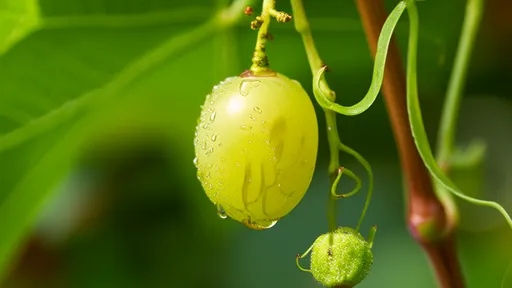
By /Jul 14, 2025

By /Jul 14, 2025
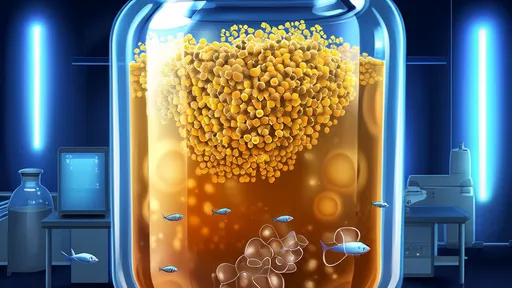
By /Jul 14, 2025
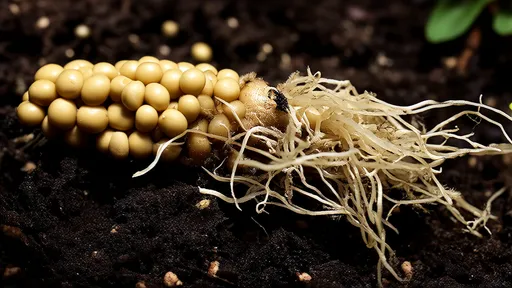
By /Jul 14, 2025

By /Jul 14, 2025

By /Jul 14, 2025
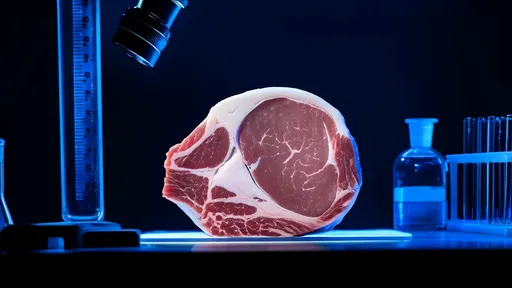
By /Jul 14, 2025

By /Jul 14, 2025
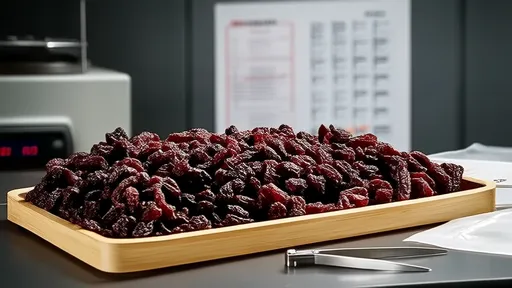
By /Jul 14, 2025

By /Jul 14, 2025
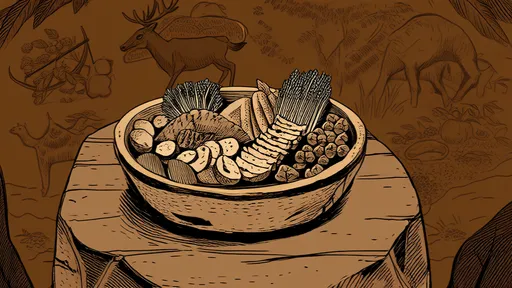
By /Jul 14, 2025
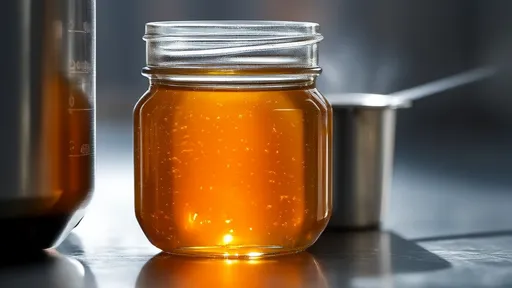
By /Jul 14, 2025